Java Reference
In-Depth Information
ments for the coordinates, color and determining whether the shape is filled. The no-argument
constructor should, in addition to setting the default values, set the shape to be an unfilled shape.
You can draw lines, rectangles and ovals if you know two points in space. Lines require
x1
,
y1
,
x2
and
y2
coordinates. The
drawLine
method of the
Graphics
class will connect the two points
supplied with a line. If you have the same four coordinate values (
x1
,
y1
,
x2
and
y2
) for ovals and
rectangles, you can calculate the four arguments needed to draw them. Each requires an upper-left
x
-coordinate value (the smaller of the two
x
-coordinate values), an upper-left
y
-coordinate value
(the smaller of the two
y
-coordinate values), a
width
(the absolute value of the difference between
the two
x
-coordinate values) and a
height
(the absolute value of the difference between the two
y
-
coordinate values). Rectangles and ovals should also have a
filled
flag that determines whether to
draw the shape as a filled shape.
There should be no
MyLine
,
MyOval
or
MyRectangle
variables in the program—only
MyShape
variables that contain references to
MyLine
,
MyOval
and
MyRectangle
objects. The program should
generate random shapes and store them in an array of type
MyShape
. Method
paintComponent
should walk through the
MyShape
array and draw every shape, by polymorphically calling every
shape's
draw
method.
Allow the user to specify (via an input dialog) the number of shapes to generate. The program
will then generate and display the shapes along with a status bar that informs the user how many of
each shape were created.
10.2
(Drawing Application Modification)
In the preceding exercise, you created a
MyShape
hierar-
chy in which classes
MyLine
,
MyOval
and
MyRectangle
extend
MyShape
directly. If your hierarchy was
properly designed, you should be able to see the similarities between the
MyOval
and
MyRectangle
class-
es. Redesign and reimplement the code for the
MyOval
and
MyRectangle
classes to “factor out” the
common features into the abstract class
MyBoundedShape
to produce the hierarchy in Fig. 10.18.
Class
MyBoundedShape
should declare two constructors that mimic those of class
MyShape
, only
with an added parameter to specify whether the shape is filled. Class
MyBoundedShape
should also
declare
get
and
set
methods for manipulating the filled flag and methods that calculate the upper-
left
x-
coordinate, upper-left
y
-coordinate, width and height. Remember, the values needed to draw
an oval or a rectangle can be calculated from two
(x,
y)
coordinates. If designed properly, the new
MyOval
and
MyRectangle
classes should each have two constructors and a
draw
method.
java.lang.Object
MyShape
MyLine
MyBoundedShape
MyOval
MyRectangle
Fig. 10.18
|
MyShape
hierarchy with
MyBoundedShape
.


































